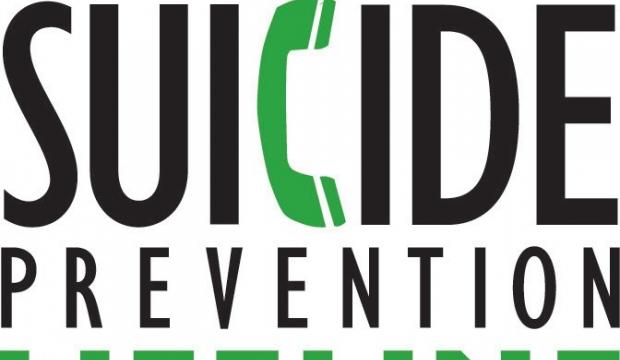By: Prof. (Dr.) Mohd. Aleem Siddiqui, M.D.,D.P.M., Sr. Associate Editor-ICN Group & Dr. Shazia Veqar Siddiqui, Asstt. Editor-ICN
LUCKNOW: According to World Health Organisation, globally one person commits suicide every 40 seconds, India accounted for the highest estimated number of suicides in the world in 2012. According to the report, 258,075 people committed suicide in India in 2012, with 99,977 women and 158,098 men taking their own lives.
A number of clinically useful individual and sociodemographic factors are associated with suicide. They include: Psychiatric disorders (generally depression, alcoholism and personality disorders); Physical illness (terminal, painful or debilitating illness, AIDS); Previous suicide attempts; family history of suicide, alcoholism and/or other psychiatric disorders; divorced, widowed or single status; living alone (socially isolated);Unemployed or retired; bereavement in childhood. If the patient is under psychiatric treatment, the risk is higher in: those who have recently been discharged from hospital, those who have made previous suicide attempts.
In addition, recent life stressors associated with increased risk of suicide include: Marital separation; bereavement, family disturbances; change in occupational or financial status; rejection by a significant person; shame and threat of being found guilty.
If a individual is emotionally disturbed, with vague suicidal thoughts, the opportunity of ventilating thoughts and feelings to a physician who shows concern may be sufficient. The feelings of the suicidal person are usually a triad of helplessness, hopelessness and despair.
In majority there is a see-saw battle between the wish to live and the wish to die. If the ambivalence is used by the physician to increase the wish to live, the suicide risk may be reduced. Suicide is an impulsive phenomenon and impulse by its very nature is transient. If support is provided at the moment of impulse, the crisis may be defused. Suicidal people are constricted in their thinking, mood and action and their reasoning is dichotomized in terms of either/or.
By exploring several possible alternatives to death with the suicidal patient, the physician gently makes the patient realize that there are other options, even if they are not ideal. The concerned people should assess the available support systems, identify a relative, friend, acquaintance or other person who would be supportive to the patient, and solicit that person’s help.
Entering into a “no suicide” contract is a useful technique in suicide prevention. Other people close to the patient can be included in negotiating the contract. Contracting is appropriate only when patients have control over their actions. In the absence of severe psychiatric disorder or suicidal intent, the physician can initiate and arrange pharmacological treatment, generally with antidepressants, and psychological (cognitive behaviour) therapy. The majority of people benefit from continuing contacts; these should be structured to meet individual needs.
Universal prevention strategies include: generally improving the quality of people’s lives thereby reducing stress , decreasing the availability of lethal means, such as control of guns. Selective strategies include in schools and institutions so that depressed and suicidal individuals can be identified and treated before they harm themselves ,focusing on high-risk groups those already diagnosed as depressed, assert religious and cultural believes that discourage it.
Intervention at community level includes iincreasing public awareness, campaign to reduce stigma, guidelines for the mass media, regulating formulations, packaging and sale of pesticides, regulation of over-the-counter medication, gender-related legislation and action, introducing alcohol policies.




